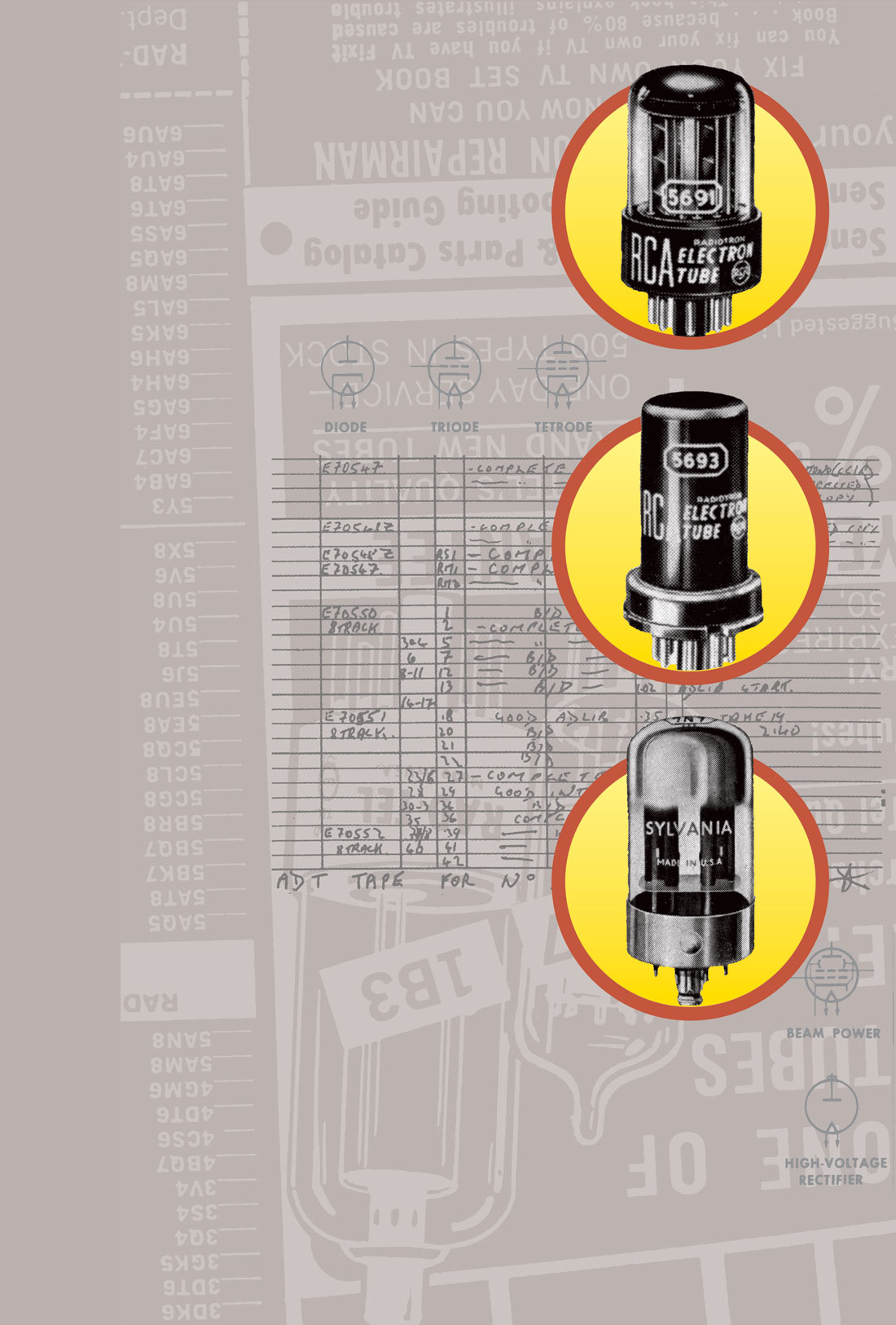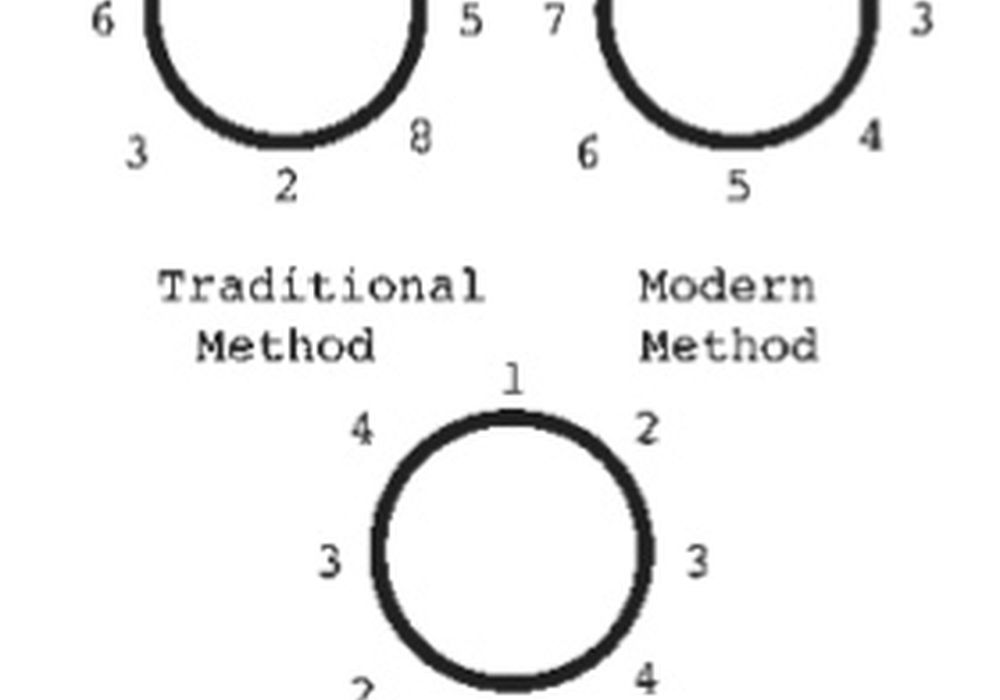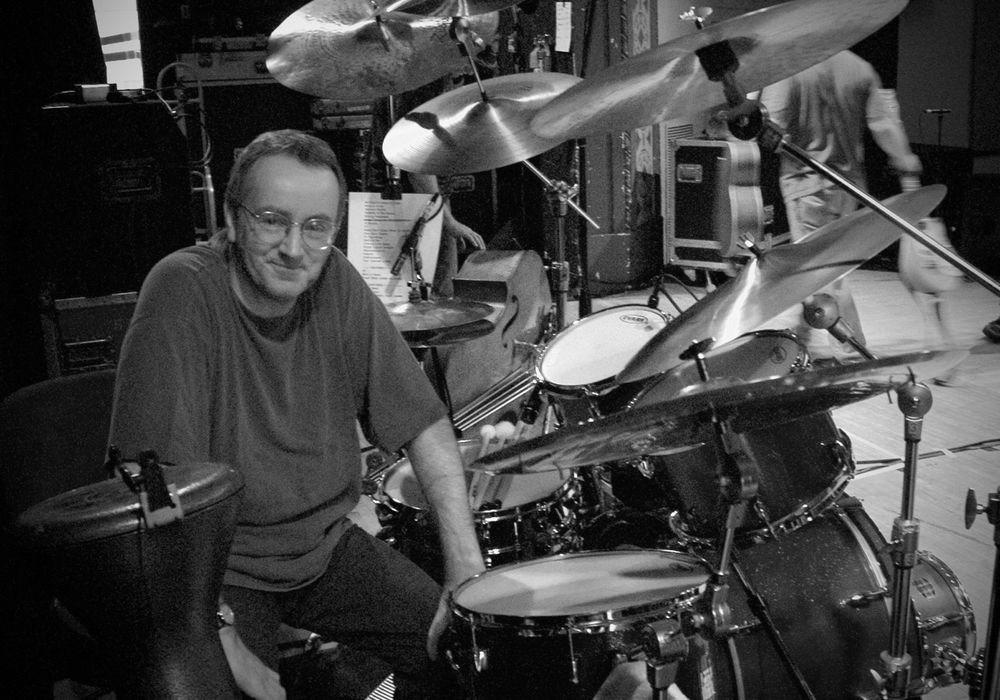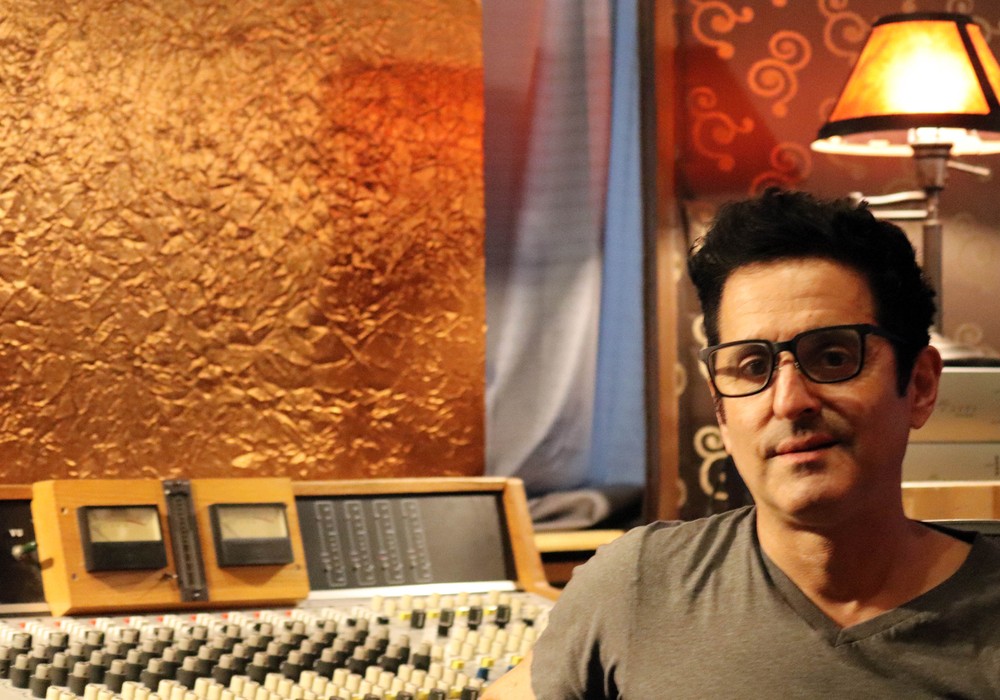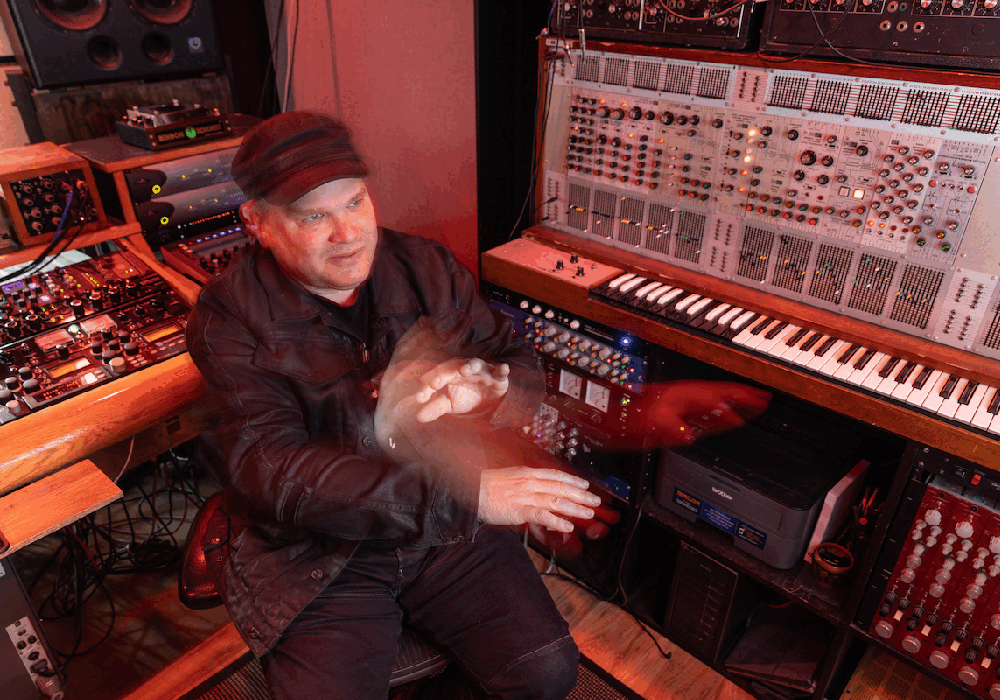Setup/Getting sounds
When I first started recording I used wonder how long I was supposed to take when setting up and getting drum sounds. Sometimes it took one or two hours, and other times it took... well, a long time (with the rest of the band standing around getting impatient). I wondered if I was being "professional" enough. I just didn't know how long the "big studios" took. Now that I've made a few records where we positively had to get a good drum sound, I have a few ideas I can share on the subject.
In my early sessions, if drum sounds weren't coming along after an hour or two I used to just go with whatever sound I had and then sort it out later when mixing. Sometimes it worked, sometimes it didn't. Now I know if I concentrate on getting a good drum sound before I start recording I will have a better idea of what my finished product will sound like and not be so surprised when it comes time to mix.
Setting aside a full day or two just to get drum sounds is not uncommon for a high-expectation recording. I like to take the first day to set-up drums and mics, record a sample and then go home. I use the second day to make final adjustments and listen to the tape from the day before. Having that time away makes problems really obvious, and the clarity of mind makes it easy to get to work tackling the things we need to fix. (I can also grab a new head or any hardware we might need on my way to or from the recording site). When everything's cool with the drums I move on to other instruments and start tracking.
Before I start a new session, I always check with the band to see what condition their drums are in. It's pretty hard to get beautiful sounds out of a drumset that's trashed and has 200 year-old heads on it. Worn heads lack life and tone; new heads can give drums the sonic clarity to fit-in nicely or jump right out of the mix. Replacing heads on the bottom of drums is as important as the top, After about 8 months even a head that isn't struck can start to lose it's life just from being under tension. Tuning is another important consideration, but that is beyond the scope of this article. There are a few books and videos available at music stores or by mail order to help you master the art. I have a video, called Drum Tuning, by Bob Gatzen — it's a little corny but I definitely learned a few valuable tricks from it.
Replacing Drumheads
If the drums and hardware are in good condition then the heads are next to be checked. Probably the most common head combination for toms is Remo clear or coated Ambassador on the top, and clear Ambassador or Diplomat (a little thinner) on the bottom. Remo Pinstripe heads (a clear 2 layer head) are pretty cool for the top and can give you a little more of a smacky-thuddy attack sound. Try to stay away from thick or specialty heads until you get used to the aforementioned types. Snare heads wear-out pretty quickly and get a weak spot in the middle that forces you to keep tweaking the head tighter and tighter. Eventually it looses its zing or ability to respond to lighter playing. A worn snare head just can't compete with the brightness of the hi-hats — to really cut through, you need a fresh head. For head replacement a coated Ambassador is a good place to start, but experimenting with different types and thicknesses may lead you to your own favorite. For the bottom use a snare-side head (a thin type made specifically for the that purpose). The bottom head of a snare doesn't need to be replaced as often as the top, sometimes the more stretched and dull the better because it's less ringy. If I had to make up a guideline I'd say change one bottom for every three top heads. Kick drum heads can last a pretty long time, but if they've been on there more then a year and a half it's probably time for an overhaul. Almost every major head manufacturer makes a pre-dampened or "EQ'd" head to control ring and get a good "thud". With these heads you don't have to over-stuff your drum with tons of pillows and furry creatures and such. I really dig these type of heads. Check out the Evans (Genera Dry) or Aquarian brands.
Getting a more defined sound
When recording drums, the amount of bleed can be quite severe. The snare mic picks up so much hi-hat that you don't dare turn the snare up in your mix — If you do, the hi-hat is overpowering, and no amount of EQ can be used to fix it. The same is true for tom mics, the loud crash and ride cymbals can force you to bury the the toms, in effect, ruining the bombastic drum sound you had planned. One economical and creative way to gain a little more control of your drums is to use pieces of cardboard or other material to isolate the mics from the cymbals. For close-mic'ed snare, cut a piece of cardboard large enough to fit between the mic and the offending hi-hat then use tape to hold it in place. Tape the cardboard directly to the snare drum and/or the hi-hat stand. The idea is to block the cymbal's bright sound from entering the mic. Variations on this method of isolation include using cloth or cloth/cardboard combinations. I've even heard of someone using a plastic trashcan cut to fit around the snare. Other ways of cutting down on cymbal bleed are to adjust cymbal heights out and away from drum mics, or asking the drummer not to strike the cymbals quite so hard or just a little less often. Different playing styles can dramatically alter the way a recording sounds. To affect change, the performer can listen carefully to the tape playback and make adjustments in their playing to "give the tape what it wants to hear". For instance, hitting the snare more evenly in the center or harder might give you the sound that best fits the music you are recording. and the way the recorder is picking-up the instrument.
These are just some of the ways you can prepare drums for recording. Taking your time and shooting for a sound that is nearly "finished" will make the rest of the recording that much easier. Good luck!
